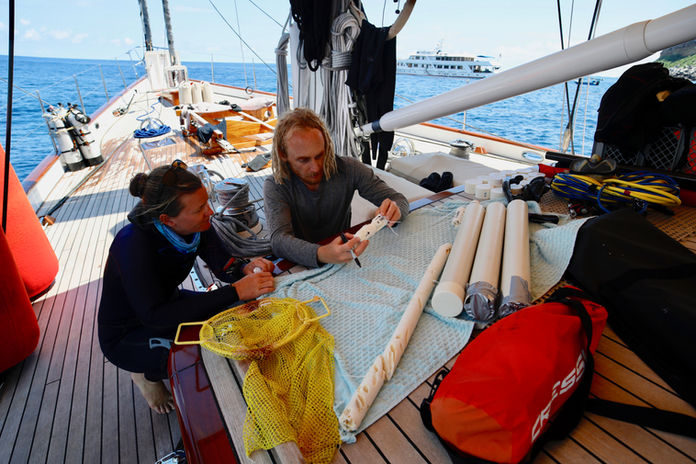
Expedition Goals and Summary
Much of the work I have been doing over the last few years has focused on creating a network of measurements of coral skeletal nitrogen isotopic composition to better constrain the history of Oxygen Deficient Zones (ODZs) within the Eastern Tropical Pacific. The Galapagos Islands represent an essential node for any ODZ reconstruction because they lie in between the southern and northern Pacific ODZs; as such they provide a crucial comparison for cores collected within the main body or edge of the ODZs edge. What is more, the Galapagos Islands lie at the confluence of waters from the South (Peru Current), North (Panama Current), and West (Equatorial Undercurrent), meaning that the reefs of the various islands of the Galapagos are exposed to a gradient in nutrient conditions and likely record the influence of the various currents differently. This provides a unique opportunity to understand the influence of the these different currents on the reefs of the Galapagos at time points across the 20th and 21st century.
In collaboration with the S/Y Acadia, the Galapagos National Park, and the Charles Darwin Foundation, we collected more than 10 coral cores and 20 seawater samples from 7 different locations throughout the Galapagos National park. The cores and water samples will provide information about how the nitrogen cycle may have changed in the Galapagos over the last 150 years, and about the relative influence of the various currents in the region over time.











